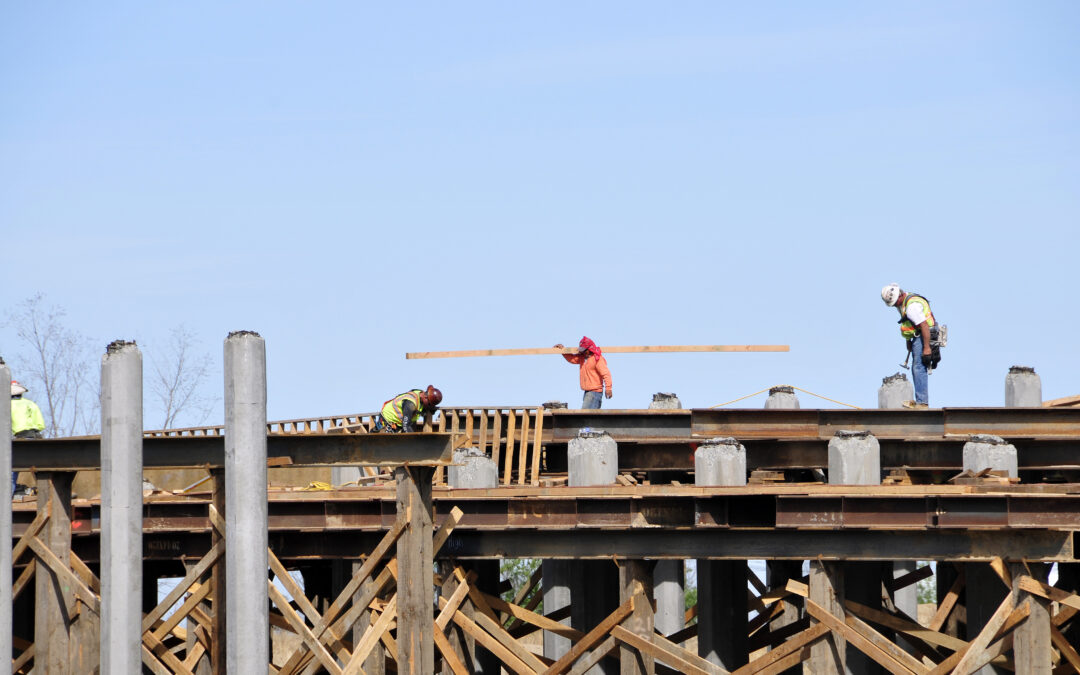The latest report from the America Society of Civil Engineers says Michigan made slight gains in 2022, but the state’s roads and bridges still lag behind the national average.
The organization held a news conference on Monday to detail the 2023 report. It broke down 14 different aspects of Michigan’s infrastructure, including aviation, rail travel, waste and drinking water.
Michigan’s roads received a D, while the state’s bridges received a D+.
In a statement, Rob Coppersmith, executive vice president of the Michigan Infrastructure & Transportation Association, said it all comes down to investment.
“Report after report has shown the need for a significant long-term investment in Michigan’s roads, dams, bridges and other critical infrastructure. This latest report … shows that our roads remain in poor condition and pose a risk for the public,” Coppersmith said. “This is unacceptable, and we need Michigan’s leaders to take action now.”
According to Coppersmith, Michigan is about $4 billion short of the total funding needed to make a major impact on the state’s roads and bridges.
“Decades of under-investment have led us to where we are today,” Coppersmith said. “Even with the Governor’s bonding program and a boost from the federal government, Michigan’s roads remain in poor condition.”
He continued: “This is a quality-of-life issue. We shouldn’t settle for crumbling roads and bridges. Michigan’s construction industry is ready to get to work fixing our state now, and we look forward to being part of the solution.”
Michigan’s roads are trending in the right direction. The report showed 25% of the state’s roads are considered “good” quality, followed by 45% “fair” quality and 33% “poor” quality. That is up from a 20% good rating and a 40% poor rating in 2017.
However, the forecast from the Michigan Transportation Asset Management Council shows, barring any funding or planning changes, that trend won’t last long. Michigan’s roads are estimated to grade around 19% good and 48% poor by 2033.
Michigan’s bridges aren’t much better. The number of “poor” bridges” has dropped from 7.4% to 5.4%. over the last five years, but “good” bridges have also dropped — from 37.2% to 28.9%.
Michigan’s bridges face a similar forecast. TAMC data estimates without major funding or planning changes, 13% of Michigan’s bridges will classify as “poor” by 2032, and 8% will classify as “severe.”
Copperfield said he is hopeful that this report will help spark the motivation needed to find a feasible way forward.
“We look forward to working with our partners in the Legislature and with the governor to enact a long-term, equitable and sustainable investment plan to improve Michigan’s critical infrastructure for generations to come,” he said.
This article originally appeared in WOOD TV. For more, click here.

